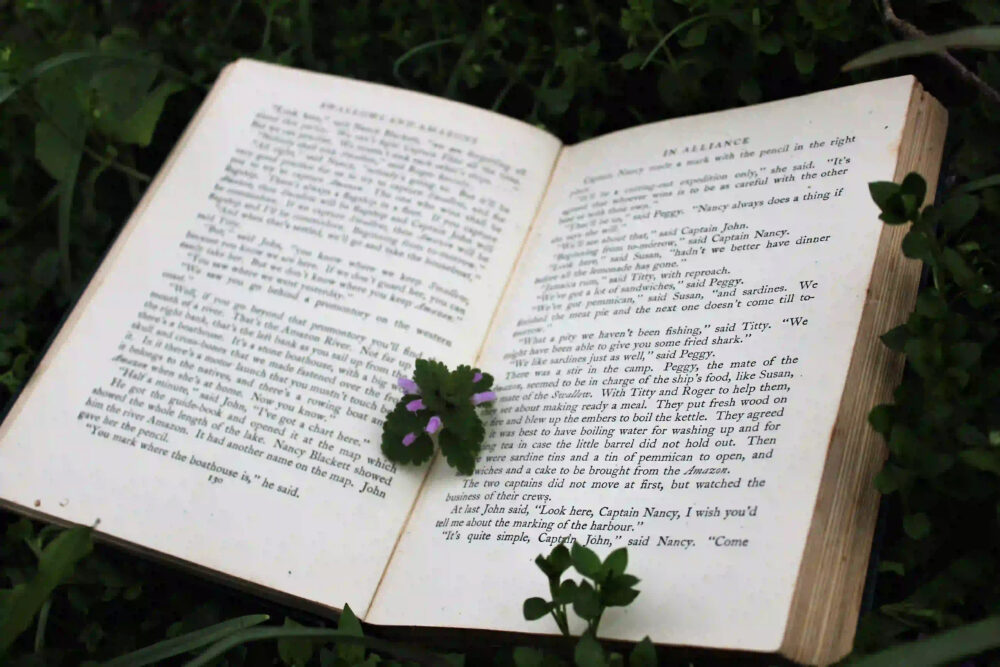Historical accuracy is a crucial element in fiction writing, particularly when it comes to crafting stories set in the past. Whether you’re writing a historical romance, a mystery set in a bygone era, or even a fantasy novel with historical elements, maintaining accuracy is essential for creating a believable world and engaging readers. In this blog post, we will explore the art of historical accuracy in fiction writing and discuss the importance of research, attention to detail, and balancing authenticity with storytelling.
The Power of Research
Research is the backbone of historical accuracy in fiction writing. It allows authors to immerse themselves in the time period they are writing about, gaining insights into the customs, language, clothing, and societal norms of the era. Thorough research helps to ensure that the story remains authentic and resonates with readers who are well-versed in the time period. It also provides a solid foundation for the narrative, allowing authors to weave their fictional elements seamlessly into the historical context.
When conducting research, it is essential to consult a variety of sources, including primary documents, academic books, and reputable online resources. This multi-faceted approach helps to capture a comprehensive understanding of the historical period and minimizes the risk of inaccuracies. Additionally, engaging with experts or historians specializing in the era can provide valuable insights and clarify any uncertainties.
Attention to Detail
The devil is in the details, as they say, and this holds true in historical accuracy. Paying attention to the minutiae of daily life, such as the food people ate, the clothes they wore, and the language they used, helps to create an immersive experience for readers. These small details contribute to the authenticity of the narrative and transport readers back in time.
However, it is essential to strike a balance between including enough detail to create a vivid world and overwhelming the reader with unnecessary information. Skillful authors know when to incorporate historical details seamlessly into the story, without disrupting the flow or becoming didactic. By carefully selecting and integrating details, authors can enhance the historical accuracy without sacrificing the storytelling aspect.
Balancing Authenticity with Storytelling
While historical accuracy is crucial, fiction writing also requires a compelling narrative and engaging characters. Balancing historical authenticity with storytelling can be a delicate dance. Authors must find a way to present the time period accurately while still allowing room for creativity and imagination.
One way to strike this balance is by focusing on the emotional truth of the characters. By exploring their desires, motivations, and conflicts, authors can create relatable and compelling protagonists that resonate with readers, regardless of the historical setting. Authenticity lies not only in the external trappings of the era but also in the internal lives of the characters.
Another approach is to embrace the gaps in historical knowledge. History is often filled with uncertainties and missing pieces, leaving room for authors to fill in the blanks with their imagination. By leveraging these gaps, authors can create fictional elements that seamlessly blend with the historical context, adding depth and intrigue to the story.
The Impact of Historical Accuracy
When done successfully, historical accuracy enhances the reading experience and builds trust between the author and the reader. Readers appreciate the effort and attention to detail that goes into crafting an authentic historical world, and it adds credibility to the story. Inaccuracies, on the other hand, can undermine the reader’s trust and detract from the overall enjoyment of the book.
Furthermore, historical accuracy can also spark curiosity and inspire readers to delve deeper into the time period. It serves as a gateway to learning more about history and encourages a broader understanding of the past. Fiction has the power to ignite a passion for history and inspire readers to explore the real events and people that shaped our world.
Conclusion
In conclusion, the art of historical accuracy in fiction writing requires meticulous research, attention to detail, and a delicate balance between authenticity and storytelling. By conducting thorough research, paying attention to the details, and striking a balance between historical accuracy and fictional elements, authors can create immersive and compelling narratives that transport readers to different eras. Historical accuracy not only enhances the reading experience but also fosters a deeper understanding and appreciation of history. So, the next time you embark on a journey to the past in your writing, remember the power of historical accuracy and the impact it can have on your readers.
